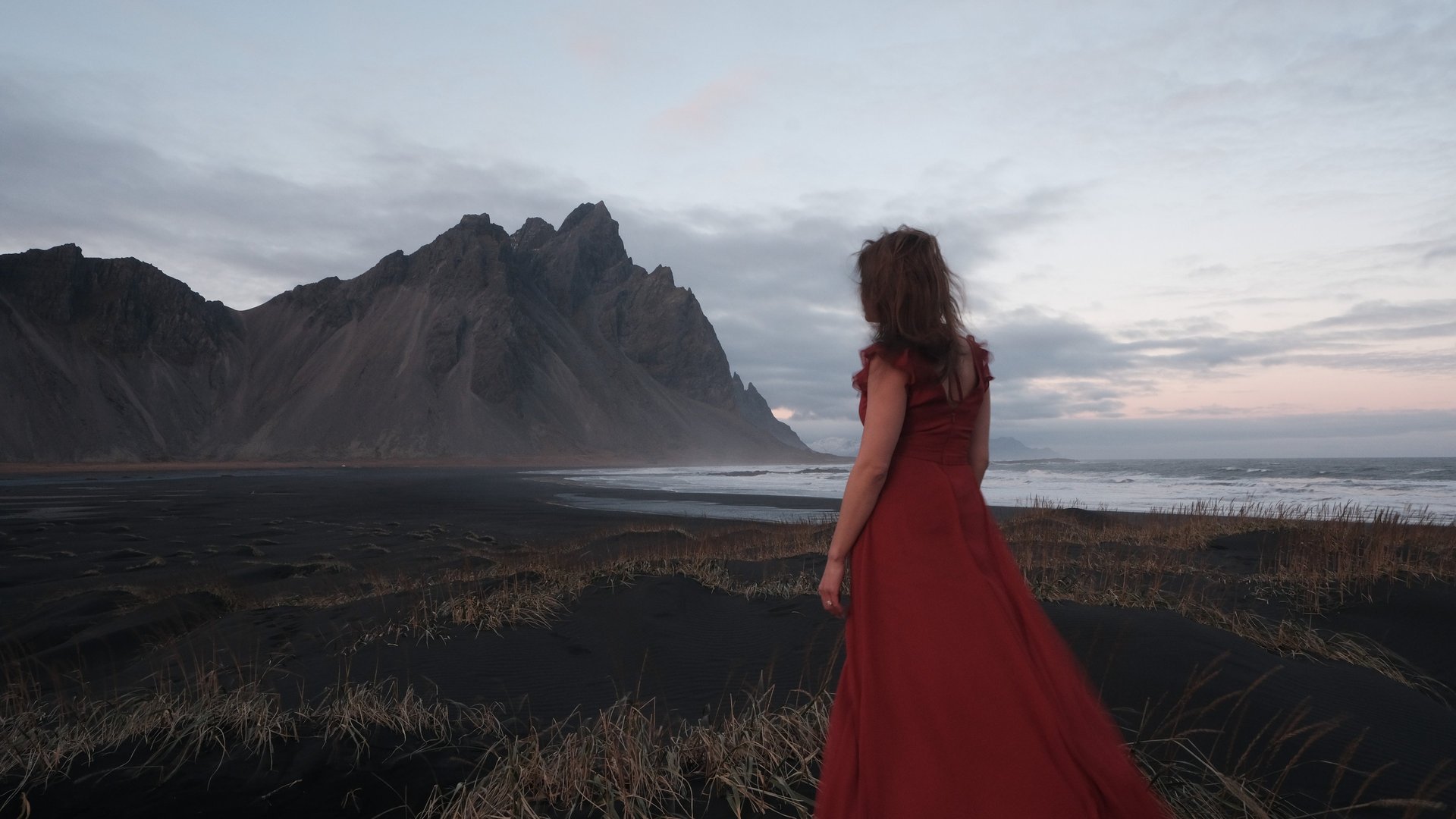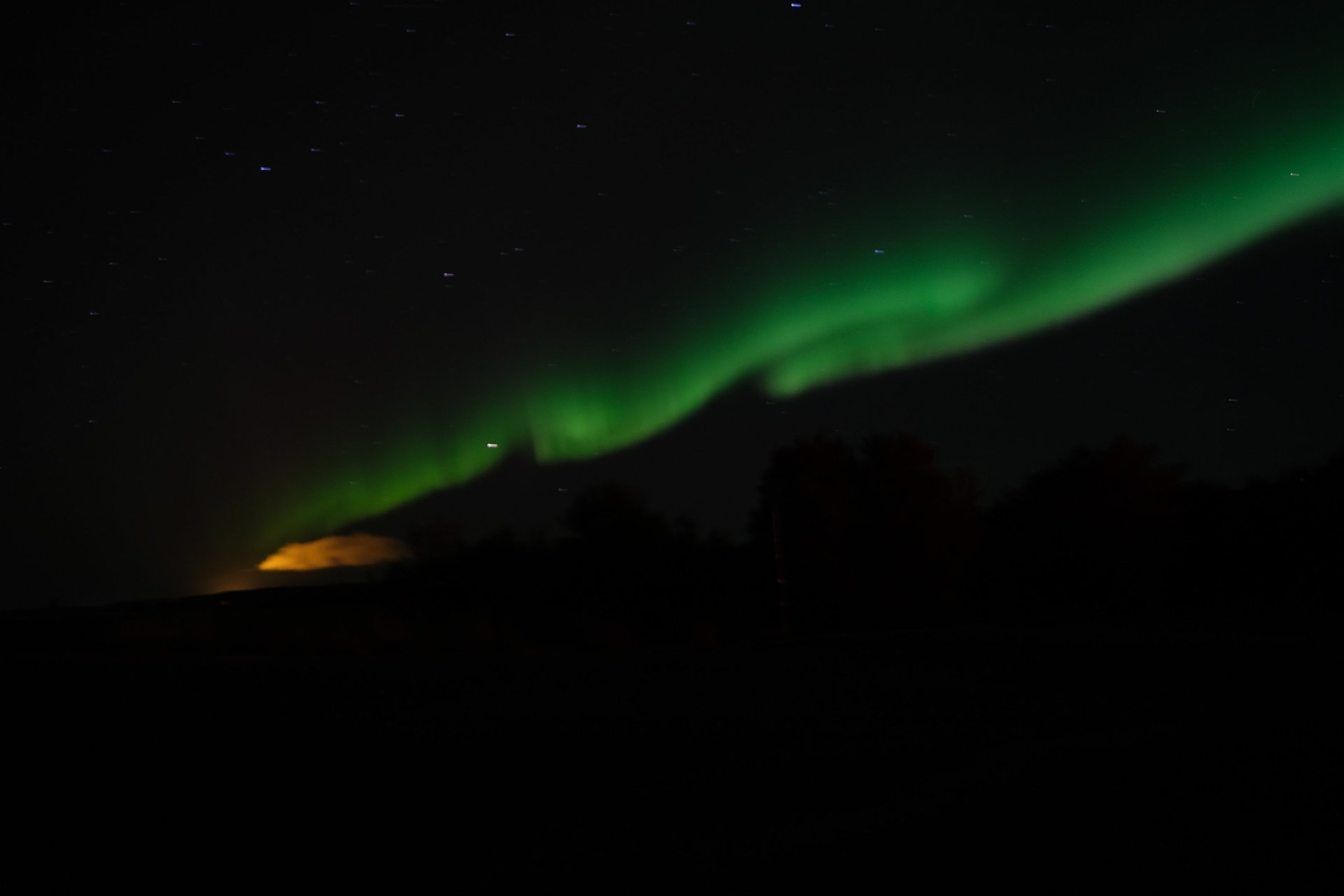
🧊 10 Essential Iceland Travel Tips (From Someone Who Drove the Ring Road)
After two weeks driving Iceland’s full Ring Road in October, we learned the hard way what to expect! Here are the 10 most useful tips we’d tell anyone heading to Iceland for the first time.
7/14/20255 min read

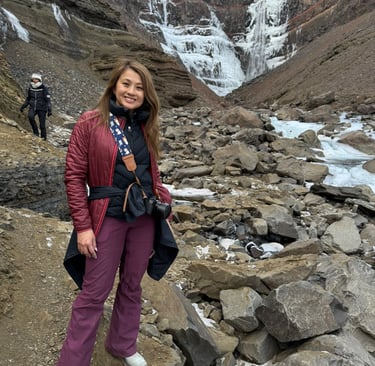
1. Get Full Coverage Car Insurance
Iceland's diverse terrain and unpredictable weather is unlike anywhere else. Gravel roads, river crossings (on F-roads), and strong winds can easily lead to vehicle damage, even when you are prepared. Like Patagonia, we think (and read) that travelers should get the full coverage EVEN if they have credit cards that offer insurance. So.... that's what we did!
At the minimum, we recommend gravel protection. But, to be extra safe (especially if driving the Ring Road), we highly recommend to also add sand and ash protection.
Gravel protection: Covers damage to the windshield, headlights, and body caused by flying gravel.
Sand and Ash Protection: Protects against damage from sandstorms, which are common in certain areas.
Especially important in the South and East
When renting through Lotus and Blue Car Rental (what we recommend), there is typically 3 tiers of coverage:
Basic Insurance
Gold Insurance: Basic insurance + lower deductible collision damage + gravel protection
Platinum/Premium Insurance: gold insurance + no coverage damage + sand/ash protection
💡 Our experience: We traveled in October 2024 and had two vehicle issues. Lotus Car Rental replaced the car the same day, at our hotel — free of charge — thanks to our Platinum insurance.
2. Download Essential Apps/Websites
Several apps can significantly enhance your Ring Road experience. Here are a few must-haves:
Parka / EasyPark – Pay for parking in towns & sites all around the country
Vedur – Iceland’s official weather app (wind is no joke!)
Provides accurate and up-to-date forecasts, including wind speed, precipitation, and temperature. Crucial for planning your daily itinerary and staying safe. We checked this multiple times a day; if you don't want to download the app, you can use the site vedur.is
Road.is – Live road conditions and closures
Official Icelandic Road and Coastal Administration website and app provide real-time information on road conditions, closures, and traffic cameras. Essential for safe driving, especially during winter. Check this MULTIPLE times a day, as can change quickly
Aurora / Hello Aurora – For Northern Lights forecasts
If you're traveling during the aurora season (typically September to April), this app helps you track the Northern Lights activity based on KP-index and cloud cover. We downloaded Aurora and Hello Aurora
Google Maps (offline) – Download maps before remote regions
3. Pack for All Types of Weather
Icelandic weather is notoriously unpredictable. You can experience sunshine, rain, wind, and even snow in a single day, regardless of the season. Layering is key. Pack the following:
Waterproof and windproof outer layers: A high-quality jacket and pants are essential.
Warm layers: Fleece jackets, sweaters, and thermal underwear.
Waterproof hiking boots: Sturdy and comfortable footwear for exploring the diverse landscapes.
Gloves, hat, and scarf: Even in summer, these can be necessary for colder days.
Swimsuit: For enjoying the numerous geothermal pools and hot springs.
4. No Tipping Required
Iceland already includes tax and service in prices. Tipping isn’t expected at restaurants or cafés — so don’t stress! When you take into consideration the tax/tip at the end of your meal in the US, the prices in Iceland don't seem thattttt bad.
5. How to Save $$$ Traveling Iceland
Yes, Iceland is pricey — but you can save:
Cook your own meals (groceries are cheaper than restaurants)
Grab ready-to-eat meals at Bonus or Kronan
These meals can be under $10 USD!
Book hot springs through Klook (Code: RXTRAVELBUGKLOOK for 10% off)
We found this can be cheaper than booking directly on the website
Use the Iceland Coupons App for restaurant discounts
For dining in Reykjavik, you can use the coupon app (Icelandic Coupons App) could save you some money dining out in town.
Visit during shoulder season (May–June, Sept–Oct)
Prices are generally lower during the shoulder seasons (May-June and September-October) compared to the peak summer months.
6. Understand F-Roads and Vehicle Restrictions
F-roads (mountain roads) are unpaved and often require a 4x4 vehicle with high clearance. Driving on F-roads in a 2WD vehicle is illegal and can result in hefty fines and void your insurance. Before venturing onto an F-road, check road conditions on Road.is and ensure your vehicle is suitable. River crossings are common on F-roads, so assess the water depth and current before attempting to cross.
If driving the Ring Road alone (even in October, when we went last year), you'll be fine with a 2WD car.
7. Do NOT venture past barriers & Follow Leave No Trace Principles
Iceland's natural environment is fragile and precious. It's crucial to respect the environment and do NOT cross barriers or litter. The signs/barriers protect the beauty of Iceland, and you are not more important than that. Respect the place you're visiting and don't cross it just for a better photo. Don’t be “that tourist”!
Follow Leave No Trace principles:
Stay on marked trails: Avoid trampling vegetation and disturbing wildlife.
Pack out all trash: Dispose of your waste properly.
Do not disturb or remove natural objects: Leave rocks, plants, and other natural items as you found them.
Be mindful of wildlife: Observe animals from a distance and avoid feeding them.
Respect private property: Do not trespass on private land.
8. Learn Basic Icelandic Phrases
While locals speak English fluently, a few words go a long way:
Takk = Thank you
Hæ = Hi
Já / Nei = Yes / No
Bless = Bye
Even simple greetings show respect and can spark friendly smiles.
9. Plan for Long Driving Days
The Ring Road is 1,332 km (828 miles) — and you’ll want to stop a lot.
Adding the Westfjords—a remote and scenic region in northwest Iceland—extends your journey by an additional 1,000–1,200 km (620–750 miles), depending on your specific route and stops.
This brings the total driving distance to roughly 2,300–2,500 km (1,430–1,550 miles).
Plan:
7–10 days minimum. 10-14 days with the West Fjords.
Add time for waterfalls, hot springs, hikes, and weather delays
Don’t try to cram too much — Iceland rewards slower travel
2-3 major things a day
10. Be Aware of Daylight Hours
Daylight varies wildly by season:
Summer: Near 24-hour daylight (June)
Winter: As little as 4–5 hours (December)
👉 Plan photography and hikes accordingly. In winter, pack reflectors or lights if you’re driving after sunset.
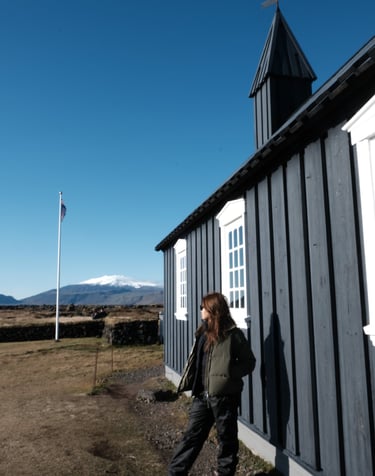

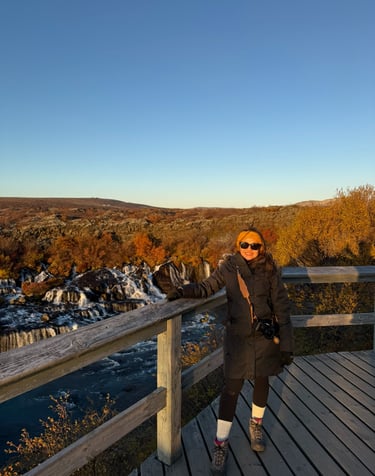

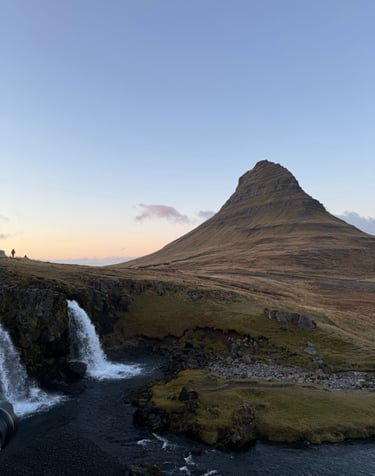

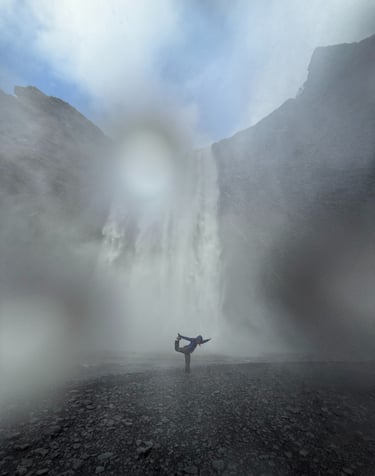

See more info on Iceland at my Youtube!
